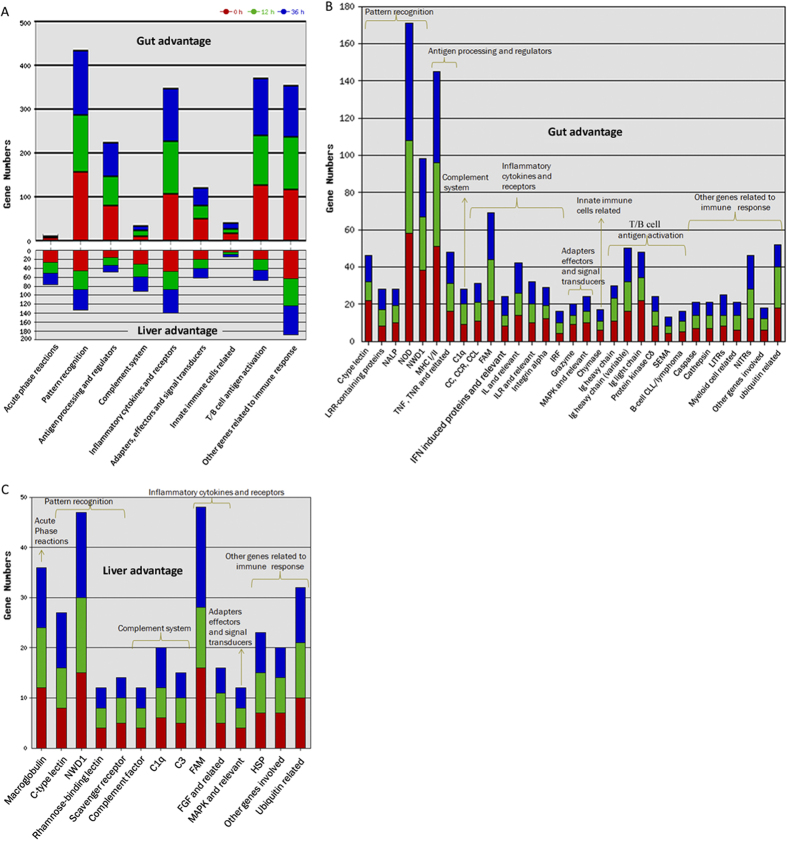Figure 2. Classification of fish immune transcripts of gut or liver advantage by two levels of the tilapia immune gene library.
(A) Major immune processes (at the first level) involved in gut and liver; (B) Immune gene categories (at the second level) involved in gut; (C) Immune gene categories (at the second level) involved in liver. The gut advantage transcripts were significantly involved in “pattern recognition” (gut vs liver, 156:45 at 0 h, 128:42 at 12 h, and 148:46 at 36 h), “antigen processing and regulators” (77:15 at 0 h, 69:18 at 12 h, and 76:15 at 36 h), “inflammatory cytokines and receptors” (107: 46 at 0 h, 121: 41 at 12 h, and 121: 53 at 36 h), “adapters, effectors and signal transducers” (49:20 at 0 h, 29:20 at 12 h, and 42:21 at 36 h), “innate immune cells related” (15:4 at 0 h, 11:5 at 12 h, and 13:5 at 36 h), “T/B cell antigen activation” (126:20 at 0 h, 113:24 at 12 h, and 130:23 at 36 h), and “other genes related to immune cell response” (114:63 at 0 h, 122:60 at 12 h, and 115:65 at 36 h), while compared to gut, liver advantage transcripts were significantly involved in “acute phase reactions” (liver vs gut, 26:4 at 0 h, 25:3 at 12 h, and 25:3 at 36 h) and “complement system” (30:10 at 0 h, 29:12 at 12 h, and 32:9 at 36 h).

